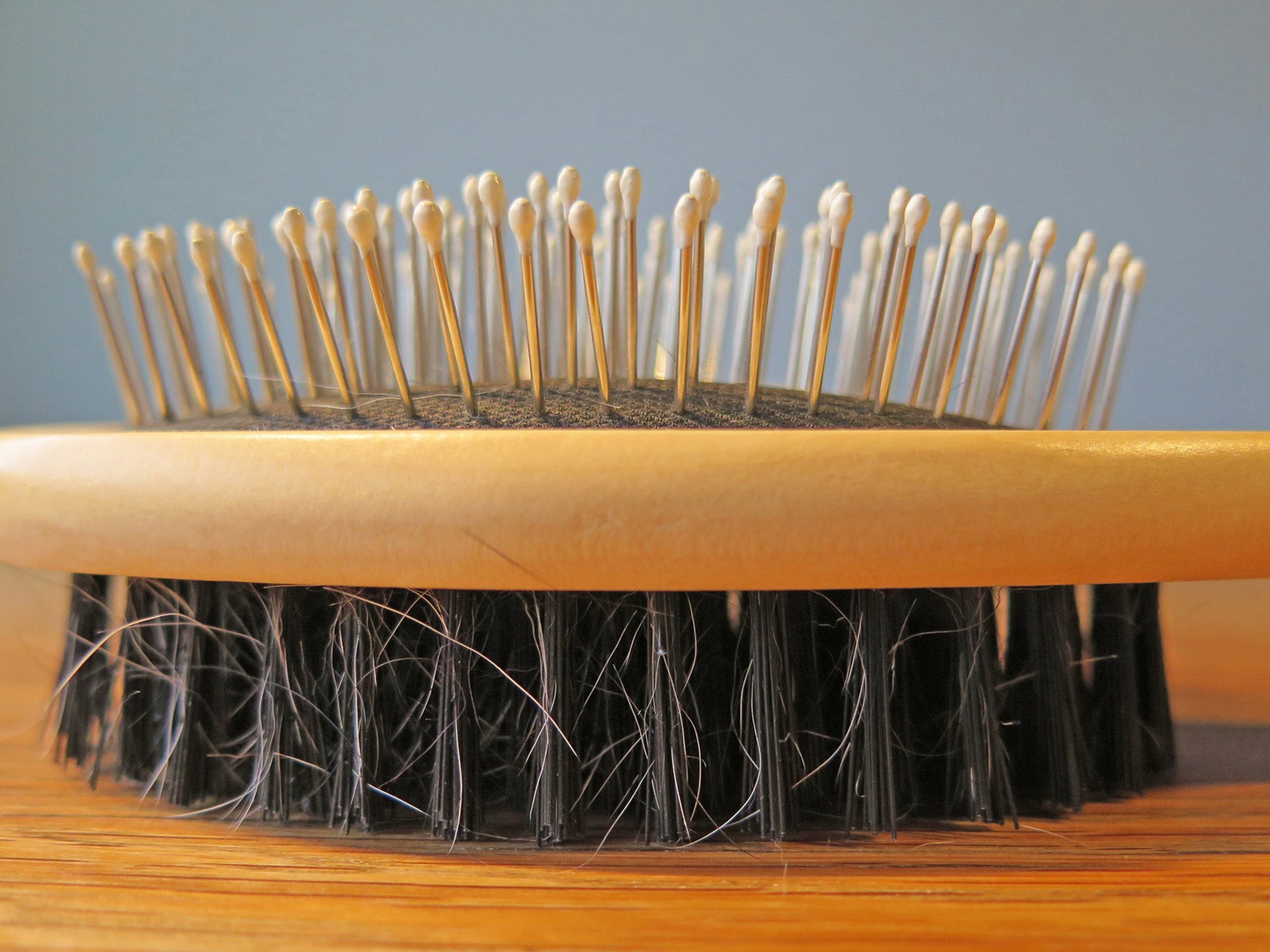Allergies to dogs are common. This explains the popularity of so-called hypoallergenic dogs, which are more suitable for those with pet allergies. Most people would guess that allergies are caused by dog hair because hypoallergenic dogs, like Bichons or Poodles, don’t shed. While shedding is part of the story, it’s not the cause of an allergic reaction.
Causes of dog allergies
Allergens produced by your dog can end up in their sweat, skin, saliva, urine, and dander (dead skin cells). Dander is the most likely culprit for those with dog allergies. Dander can cause skin and respiratory irritation in humans. Dander can stay suspended in the air for long periods of time and get embedded in upholstered furniture.
Saliva can also cause problems for people with allergies. If your skin comes in contact with a dog’s saliva, your skin can become irritated and itchy. Dried saliva can also become airborne, potentially causing respiratory irritation as well.
“Hypoallergenic” dogs
All dogs produce dander, so there can’t be a truly hypoallergenic dog. Some breeds produce more dander than others, so it’s possible to be more sensitive to some breeds than others. Hypoallergenic breeds are ones that tend to produce less dander than other types of dogs.
Part of the reason why the dog hair/shedding idea persists is because dogs that shed actually do produce more dander than non-shedding dogs. When a dog sheds its coat, it sheds dander along with hair. Hypoallergenic dogs produce low enough levels of dander as to not irritate some people with allergies.
Despite this phenomenon, people with serious dog allergies could still have a reaction if they are around hypoallergenic dogs. Dander can still get in cushions and stay in the air. If a dog is primarily indoors, there’s a guarantee that there’s dander in the air and around the house.




